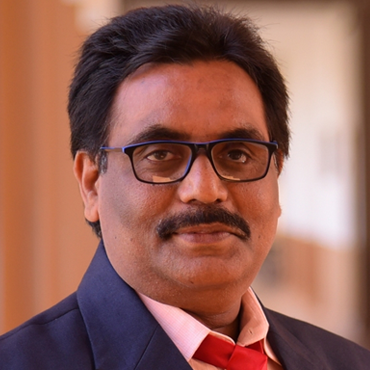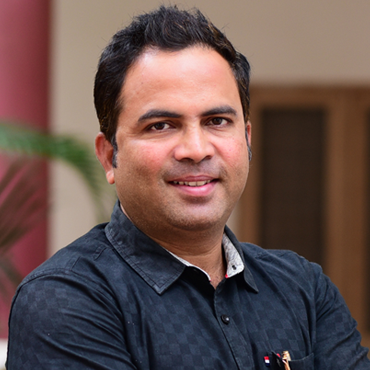- Home
- About
- Quick Links
- Institutional Resources
- Academics
-
Departments
- Computer Science & Engineering (CSE)360+18
- Computer Science & Engineering (AI & ML)180
- Computer Science & Engineering (Data Science)120
- Computer Science & Engineering (Cyber Security)60
- Electronics & Communication Engineering (ECE)300+12
- Information Technology (IT)120
- Electrical & Electronics Engineering (EEE)120+12
- Mechanical Engineering (MECHANICAL)120+12
- Civil Engineering (CIVIL)120+12
- Basic Science & Humanities (BS & H)
- Department of Management Studies60+60
- Department of Computer Applications120+60
-
Programs Offered
-
- Admissions
- Placements
- Fee Payment
- Student Portal new
- Faculty Portal

- Autonomous
- Student Verification System
- Grievance Cell
- Anti-Ragging
- Contact
EBSB/UBA/SSB
- Home
- Quick Links
- EBSB
EBSB/UBA/SSB

Prof. V V Nageswara Rao
Professor & Director

Dr. A S Srinivasa Rao
Principal

Sri.V.Gopala Krishna
Nodal Officer (EBSB, SSB & UBA)
About
Introduction:Ek Bharat Shreshtha Bharat programme aims to enhance interaction & promote mutual understanding between people of different states/UTs through the concept of state/UT pairing. The states carry out activities to promote a sustained and structured cultural connect in the areas of language learning, culture, traditions & music, tourism & cuisine, sports and sharing of best practices, etc.
| EBSB Cell was started on: 01-09-2019 | EBSB Day: 31st October of every year. |
Concept of EBSB: The idea of a sustained and structured cultural connect between people of different regions was mooted by Prime Minister Shri Narendra Modi during the Rashtriya Ekta Divas held on 31st October, 2015, to commemorate the birth anniversary of Sardar Vallabhbhai Patel. Hon’ble Prime Minister propounded that cultural diversity is a joy that ought to be celebrated through mutual interaction & reciprocity between people of different States and UTs so that a common spirit of understanding resonates throughout the country. Every State and UT in the country would be paired with another State/UT for a time period, during which they would carry out a structured engagement with one another in the spheres of language, literature, cuisine, festivals, cultural events, tourism etc. For example, Andhra Pradesh is paired with Punjab for During this period, Punjabis would attempt to learn key words in Telugu, a few Telugu books would be translated into Punjabi & vice-versa, Andhraites would hold food festivals offering Punjabi dishes, Punjabis would perform Andhra folk dances, while Andhraites would perform Bhangra at staged events etc. This pattern of cultural adoption of the partner State/UT would be followed by all states and UTs.
Vision: To foster a vibrant culture of national unity by nurturing meaningful cultural, linguistic, and social exchanges that inspire students of AITAM to appreciate India’s rich diversity, celebrate shared values, and actively contribute to a harmonious and inclusive nation.
Mission:
To promote sustained and structured interaction between AITAM students and partner states under the EBSB framework, creating an environment of mutual respect, cultural understanding, and national integration.
To facilitate continuous learning of languages, traditions, arts, heritage, literature, cuisine, and best practices of partnered states, thereby expanding the multicultural exposure and civic sensitivity of students.
To empower students with platforms for cultural expression, collaboration, and experiential learning that strengthen the idea of “Unity in Diversity” and align with national identity and pride.
Objectives:
To organize cultural exchange programs, workshops, seminars, food festivals, heritage visits, and interactive sessions that highlight the cultural richness of Andhra Pradesh and its paired state under EBSB.
To encourage students to learn essential elements of partner state languages and literature, fostering communication, empathy, and familiarity with diverse linguistic traditions.
To promote student participation in activities related to folk arts, music, dance, sports, tourism, and traditional practices to deepen appreciation of cultural diversity.
To facilitate translation, awareness creation, and dissemination of cultural knowledge between paired states through creative student-led initiatives and collaborative events.
ANDHRA PRADESH --- PUNJAB
| S.No | Institute Name | State | Region | Program | Institute Name | State | Region | Program |
| 2341 | ADITYA INSTITUTE OF TECHNOLOGY AND MANAGEMENT (A), K.Kotturu (Vi), Tekkali – 532201, Srikakulam Dist. | AP | South-Central | MANAGEMENT (PG) E&T(DIP) E&T(UG) E&T(PG) | AMRITSAR COLLEGE OF ENGINEERING & TECHNOLOGY, AMRITSAR. | Punjab | North-West | E&T(UG) E&T(PG) MCA(PG) MANAGEME NT(PG) |
Vision: To drive transformative rural development by integrating AITAM’s academic strength, technological expertise, and social commitment to build self-reliant, sustainable, and empowered rural communities in alignment with the national vision of an Inclusive India.
Mission:
To establish strong coordination among AITAM, district administration, Panchayati Raj institutions, and community-level stakeholders for effective field-level interventions that address local needs.
To adopt and develop rural clusters around the institution and actively contribute to their holistic growth through eco-friendly, sustainable, and locally adaptable technological solutions.
To redesign academic and research activities to sensitise students toward rural realities and promote socially relevant learning experiences rooted in community engagement.
Objectives:
To enable AITAM faculty and students to systematically understand rural socio- economic conditions, challenges, and opportunities through continuous engagement with adopted villages.
To identify, customise, upgrade, or develop innovative and sustainable technologies that address grassroots problems related to agriculture, livelihoods, education, health, energy, sanitation, and infrastructure.
To support village development plans using participatory approaches that integrate community needs with technological interventions and government welfare schemes.
To collaborate with government bodies, NGOs, local leaders, and self-help groups to ensure inclusive village development and long-term impact.
Vision: To empower communities through inclusive, accessible, and transformative educational initiatives that promote social development, lifelong learning, and sustainable progress, fostering a knowledgeable and self-reliant society.
Mission:
To bridge educational gaps in rural and semi-urban communities by delivering need- based, skill-oriented, and value-driven programs that enhance literacy, knowledge, and employability.
To leverage AITAM’s academic resources, faculty expertise, and student participation to create meaningful educational interventions that uplift marginalized and underserved groups.
To promote lifelong learning opportunities through community outreach programs that encourage digital literacy, environmental awareness, health education, and socio-economic empowerment.
Objectives:
To promote student engagement through volunteer programs, community teaching,internships, and service-learning projects that address local needs.
To create platforms for knowledge exchange between AITAM and communities to encourage innovation, problem-solving, and mutual growth.
To conduct regular educational outreach programs in nearby communities covering foundational literacy, digital literacy, academic support, and career awareness.




